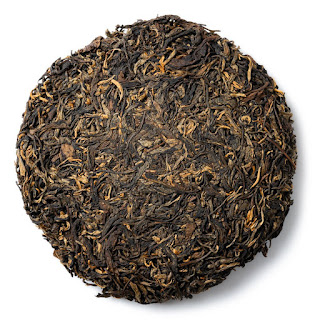Ceramic Kettles on Fire

Many of you, outdoor tealovers, have been asking if you can use my ceramic kettles over an open fire, particularly on the raw, back to the cave familiar bone fire. (Bone fire, like that English expression since the first time I heard it). Not wanting to dive into long explaining emails and messages, my answer is usually a bit shady. In short, I answer something like:
“Yes/well maybe, but you should be careful, please use common sense”
But as this is not saying much and you want to try it anyway, here are my thoughts on using ceramic kettles to heat tea water on the open fire. I hope it will give you all that you need to avoid disasters or some unwanted surprises.
Heating water on an open fire has its depth and beauty and we all know, or at least have some idea how cool that can be. So I will not talk about all the “good stuff” and benefits of that raw energy in our tea experience. But what are the risks and challenges? What to avoid and do I really want to go there with ceramic in the first place?
Let’s split the theme in half. First, take a look from the clay/kettle point of view and then I will also do a few points to be aware of from a “tea point of view”. Here I also want to remind you that I am talking about my ceramic kettles made of flame-proof clay. If you are not sure what clay is your pot made of, then rather don't go there at all. Most of the clays out there are not suitable for boiling at all, pots will crack and be lost forever.
So you have my ceramic kettle, made of flame-proof clay and you want to use it over a bonfire? Well then...
For the kettle sake
-use it rather on burning embers, leftovers of the fire rather than on strong long flames. Rather no flames or very low flames, the strong heat of the burning pillow is what you are looking for.
-use an iron tripod or hunger so you can regulate how high your pot is from the heat. You can create a tripod from stones if necessary
-use not smoking, clean fire. Wood full of resin or wet pieces rather be avoided. Hardwood is a better choice
-even without the smoking wood, the bottom will get carbon deposits. Your pot will get dirty, be ready for that. Not all those marks will be washable.
-never let empty or close to empty pot on the fire
-let the pot cool down a bit before refilling with new cold water
-clay is porous, smoke and flame gases will get in the clay and so will be noticeable even in your future tea sessions. For that reason, I recommend dedicating one kettle of these flame sessions and having other kettle(s) for your more refined teas and sessions
And now, for the sake of the tea..


Having an open fire at the tea session is magical but a real bonfire is not ideal, for several reasons the clean charcoal is a better choice. First of all, re-read the last point above. You can literally taste the fire/smoke in your cup. And if you are using a porous clay kettle, the smoke will get in the clay and through the clay. But if you decided to go for it anyway:
- you might want to choose a tea that can handle a bit of smoky flavor (dark shou puerh, or strong red would be my first choice),
-take with you the fitting teaware. Not fancy Yixing or porous pots which you use for your finest teas.
-if you are preparing in a ceremonial way, pay attention to the whole tea setting before you start. It is difficult to feed the fire, without smoking on your guests and pour gracefully while overboiling water is spilling into the burning hot ash. Sit there and try a few times before inviting guests over.
I love heating the water on an open fire and I honestly feel that I don't do it often enough. I have one pot dedicated for that occasion, the one you see in the first picture. There is unmistakable magic in it. But if I want the occasion to be about tea, and offer the best for my guests, then I choose even for outside charcoal or gas stove. Making a small bone fire later if the mood is there.



































